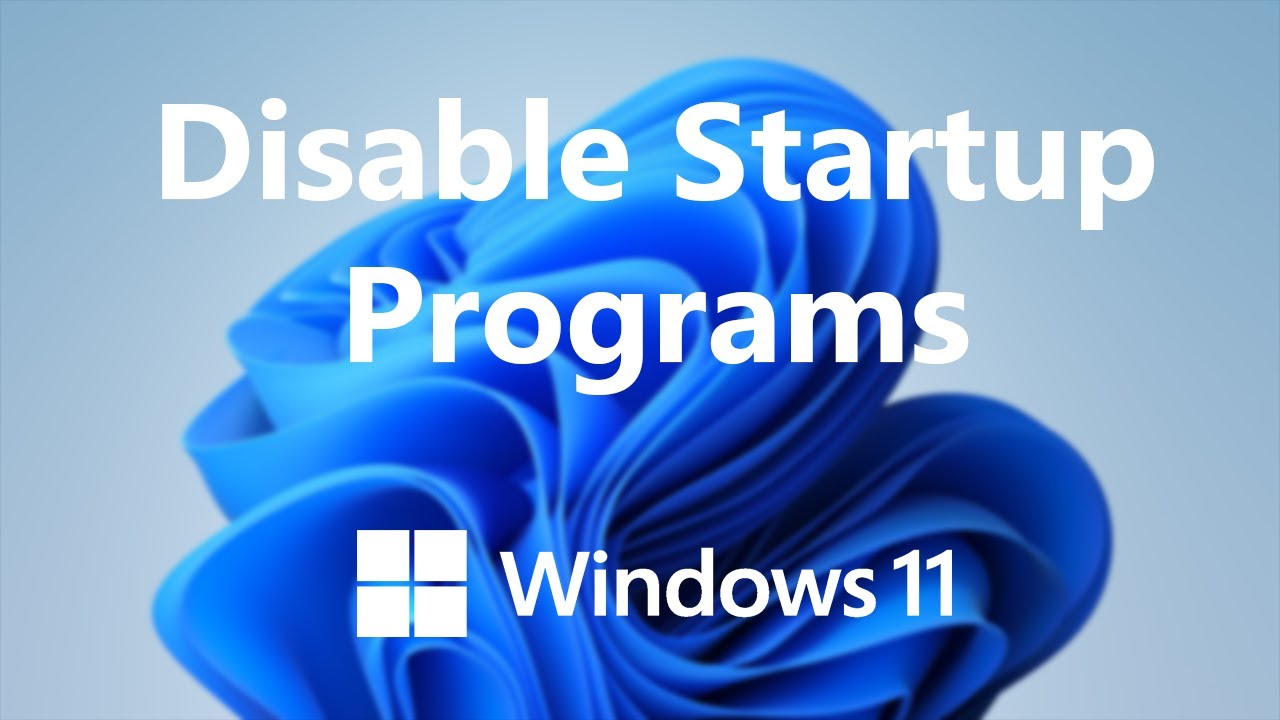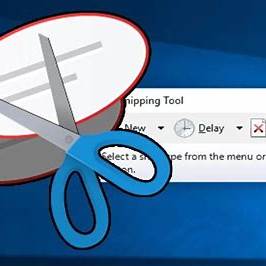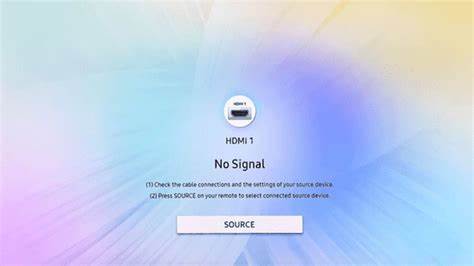Disabling unnecessary startup apps is one of the simplest and most effective ways to speed up boot time in Windows 11. If your PC takes too long to start, chances are multiple background apps are launching at login, consuming CPU, memory, and disk resources. This guide provides a detailed, step-by-step walkthrough to identify and disable these apps using different built-in tools in Windows 11 — no third-party software required.
Why Disabling Startup Apps Matters
Startup apps are programs that launch automatically when your PC boots. Some of these, like antivirus software or hardware drivers, are necessary. However, many others — such as chat apps, game launchers, or update services — run silently and slow down startup unnecessarily.
From personal experience, my system’s boot time dropped by almost 30 seconds after disabling just five apps I didn’t need running immediately.
Before You Start
- Make sure you’re signed into Windows with administrator privileges.
- Save any open work, especially if you plan to restart during the process.
- This guide covers all official methods available in Windows 11 (2023 update or later).
Method 1: Disable Startup Apps Using Task Manager
This is the most direct and user-friendly method.
Step-by-Step Instructions:
- Open Task Manager
Press Ctrl + Shift + Esc.
Alternatively, right-click the Start button and select Task Manager. - Go to the Startup Apps tab
If you’re seeing the simplified view, click More details first. Then select the Startup apps tab. - Review the list
You’ll see a list of apps set to launch at startup. The Status column shows whether they’re currently enabled or disabled.
The Startup impact column shows how much they affect boot time: Low, Medium, or High. - Disable unnecessary apps
Right-click on an app and select Disable.
Repeat this step for all the apps you want to disable.
Tip: Only disable apps you recognize. If you’re unsure what something does, it’s safer to leave it enabled or research it first.
Method 2: Disable Startup Apps from Windows Settings
If you prefer a graphical interface with toggles, this method is useful.
Steps:
- Open Settings
Press Windows + I to launch the Settings app. - Navigate to Startup Apps
Go to Apps > Startup. - Turn off unnecessary apps
You’ll see a list of startup apps, each with a toggle switch.
Switch Off any apps you don’t want to start with Windows.
Personal note: I use this method on client machines when they’re more comfortable with the settings interface than Task Manager.
Method 3: Use the Startup Folder
Some apps still use the legacy Startup Folder to auto-run when Windows boots.
Steps:
- Open the Run dialog
Press Windows + R, type shell:startup, and hit Enter.
This opens the Startup folder for your user profile. - Remove unnecessary shortcuts
Right-click and delete the shortcut of any app you don’t want launching at startup. - Check the All Users startup folder
Repeat the process with shell:common startup to manage startup items for all users on the system.
Method 4: Disable Background Services via System Configuration (msconfig)
This method is useful for disabling services that run in the background at boot.
Warning: Be cautious with this method. Disabling Microsoft services can break system functionality.
Steps:
- Open the Run dialog
Press Windows + R, type msconfig, and press Enter. - Go to the Services tab
Check the box Hide all Microsoft services. - Disable non-essential services
Uncheck any services from third-party apps that you don’t need at startup. - Click Apply and restart
Your changes will take effect after reboot.
Method 5: Advanced Control Using Task Scheduler
Some apps use the Task Scheduler to run on startup. You can disable these tasks as well.
Steps:
- Open Task Scheduler
Press Windows + S, type Task Scheduler, and press Enter. - Browse to Startup tasks
In the left pane, navigate to:
Task Scheduler Library > Microsoft > Windows > Startup
or
Task Scheduler Library > ApplicationName folders. - Disable unnecessary tasks
Right-click any task and choose Disable.
Use this method only if you are comfortable identifying safe tasks. Missteps here can affect system functions.
Additional Tips for a Faster Boot
- Update your apps: Some apps behave better on startup when updated to their latest version.
- Use Fast Startup: This Windows 11 feature speeds up boot by saving system state. Check it under Control Panel > Power Options > Choose what the power buttons do > Turn on fast startup.
- Scan for malware: Sometimes, high boot times are due to malicious programs running at startup.
Common Startup Apps to Consider Disabling
| App Type | Safe to Disable? |
| Game launchers (Steam, Epic Games) | Yes |
| Adobe Creative Cloud | Yes, unless you use it daily |
| Spotify, Zoom, Teams | Yes |
| Cloud sync apps (Google Drive, Dropbox) | Optional |
| Printer software | Yes, most are not needed at boot |
Re-Enabling a Startup App
If you disable something and want it back:
- Open Task Manager or Settings > Apps > Startup.
- Find the app and toggle it back to Enabled.
Conclusion
Disabling startup apps in Windows 11 is a simple but powerful way to improve system performance and reduce boot time. Whether you’re using Task Manager, Settings, or more advanced tools like Task Scheduler, the key is to be selective and safe. Always disable apps you recognize, and make note of changes so you can reverse them if needed.
After implementing this on my own and client machines, I consistently see faster boot speeds and smoother performance. Regularly revisiting your startup apps every few months helps keep your system in top shape.





